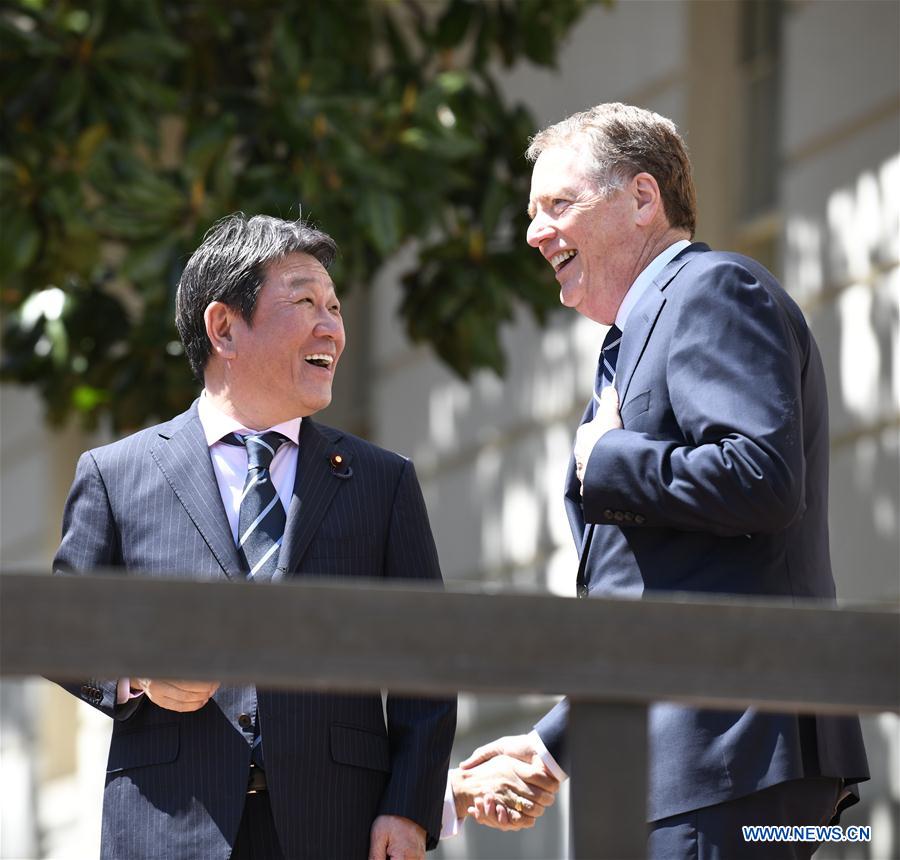Chinese consumer spending “stabilised but has not fully recovered” in the first quarter of the year even though overall economic growth was stronger than expected due to Beijing’s stimulus measures, according to a China investment strategist and former US diplomat.
The nominal growth rate of household consumption actually slowed further to 7.3 per cent, down from 8.0 per cent in the fourth quarter and 7.6 per cent in the first quarter a year ago.
But gross domestic product, fixed asset investment and retail sales all improved from the fourth quarter, highlighting improved overall economic sentiment, although it remained weaker than during the first quarter last year, according to data released by the National Bureau of Statistics (NBS).
Retail sales rose 8.7 per cent in the first quarter compared to a year earlier, up from 8.4 per cent in the fourth quarter. But retail sales data does not fully capture spending on services and includes purchases by government agencies and so is not a true reading of private consumption.
Consumer spending, based on a broader NBS survey of households, remained relatively subdued in the first quarter.
“The household survey covers a full range of services, such as education, health care, entertainment, which provide a fuller picture [of consumer spending]. [China’s] consumption story has stabilised but has not fully recovered,” said Andy Rothman, who spent 17 years in the US foreign service focusing on China.
Private consumption is the largest contributor to the Chinese economy, accounting for 65 per cent of overall gross domestic product (GDP) growth, according to Rothman. Household consumption includes not only purchases of goods but also services, which make up about 44 per cent of consumer spending.
China’s consumption problems are highlighted by Taiyuan Road in Shenyang, the capital and largest city of China’s northeast Liaoning province, with shopping centres closed in the early evening, showing little sign of an upturn. Inside the shops that were open, sales staff outnumbered customers, while attempts to lure shoppers inside were largely unsuccessful.
Last year’s poor sentiment among the country’s entrepreneurs and investors, which was China’s biggest weakness, is stabilising partly because of expectations that the trade dispute with the United States will end soon, added Rothman.
“While a [Donald] Trump – Xi [Jinping] deal is likely on the horizon, it will not resolve the longer term challenges in bilateral relations. But, taking a trade war off the table is a prerequisite for starting to address those challenges,” said Rothman.
In addition, Beijing has introduced significant stimulus measures since last autumn to boost growth. Analysts estimated that Beijing’s stimulus, through expansionary monetary policy, tax cuts and infrastructure spending, is equivalent to as much as 4.25 per cent of GDP this year.
Despite the better-than-expected first quarter data, Li Wei, senior economist at China Standard Chartered Bank, warned of the risk of optimism running ahead of reality.
“We expect China’s export growth to slow in 2019 on moderating global economic growth,” putting downward pressure on growth, Li said.
Robin Xing, an economist at Morgan Stanley, agreed that sluggish consumer sentiment was especially striking given that real income growth had actually accelerated. Xing calculated that the real consumption growth rate slowed to a five-year low of 7.1 per cent from a year earlier in the first quarter from 8.8 per cent in the fourth quarter last year.
Lu Ting, chief China economist at Nomura International, noted that Beijing has continued to show concerns about the economic outlook, given the government’s plan for a new round of measures to boost consumer spending.
Last week, the National Development and Reform Commission (NDRC), China’s top state planner, distributed a draft on its proposed stimulus measures for cars, home appliance and consumer electronic products.
Nomura’s Lu said the NDCR’s proposal would cut the sales tax by half for rural residents and double the quota for new vehicle licences in some major cities, with sales of cars and home appliances expected to benefit from the stimulus this year and next.
“A rebound in auto and home appliance sales growth should help to deliver a real and more sustainable growth recovery,” Lu said.
Consumption concerns intensified after
fell for a ninth straight month in March. Total automotive sales fell to 2.52 million, down 5.2 per cent from a year earlier.

